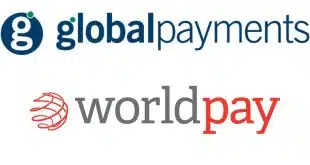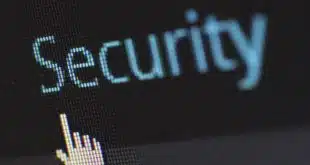Consumers increasingly want choice in bill payments, according to findings from a new study by Fiserv Inc. The bank and payment processor’s Eighth Annual Billing Household Survey found that the average number of payment methods consumers use monthly rose from 2.9 in 2014 to 3.6 in 2015, a 24% increase.
Only 10% of households used just one bill-pay method last year, while 18% used two, the survey found. At the other end of the scale, 15% of households used six or more payment methods each month, and 14% used five. Three is the number of methods used by a plurality of households, 23%, while 18% used four.
The most-common bill-pay method or funding type was online billers’ sites, followed by checks; bank and credit-union Web sites; mobile browsers, apps and text messages; both biller and financial-institution sites; non-bank Web sites; in-person check-cashing locations; phone calls to billers, and in-person at a retailer.
For this latest survey, Brookfield, Wis.-based Fiserv polled 3,001 consumers representative of U.S. checking account holders age 21 and older responsible for paying household bills. The company says its sample is representative of the country’s approximately 110 million Internet-using households.
“Providing multiple bill-payment options increases satisfaction, and the link between payment options and customer satisfaction strengthened significantly in the past 12 months,” Fiserv said in a statement. “Overall, seven in 10 respondents say that options for multiple ways to pay increase their customer satisfaction. This represents a 43% increase over the 2014 survey.”
Some 33% of online households reported having made paid a monthly bill through a mobile phone in 2015, up 22% from the prior year. Of the households that had a smart phone, 42% reported having paid a bill through the mobile phone.
Of six mobile sub-channels, a biller’s mobile site was the most popular, accounting for 33% of mobile bill-pay transactions, Fiserv said. Next were bank mobile sites, 27% of transactions; billers’ apps, 16%; banks’ apps, 14%; texts, 5%, and other providers’ apps, also 5%. Texts, which accounted for 14% of transactions in 2014, were the only mobile-bill-pay sub-channel to decline in popularity. Fiserv cited security issues and consumers’ desire to go directly to bank and biller sites.
Fiserv also found that users of Apple Inc.’s iPhone were significantly more likely to use mobile bill pay than consumers with phones running Google’s Android operating system—49% to 38%.
Other findings:
• Out of six concerns about bill pay that Fiserv presented to respondents, security jumped from sixth place in 2014 to second place in 2015. Sixty-five percent of respondents said biller-direct and bank bill-pay were the most secure ways to receive and pay bills.
• Some 81% of respondents said same-day or real-time payment processing was important or very important.





